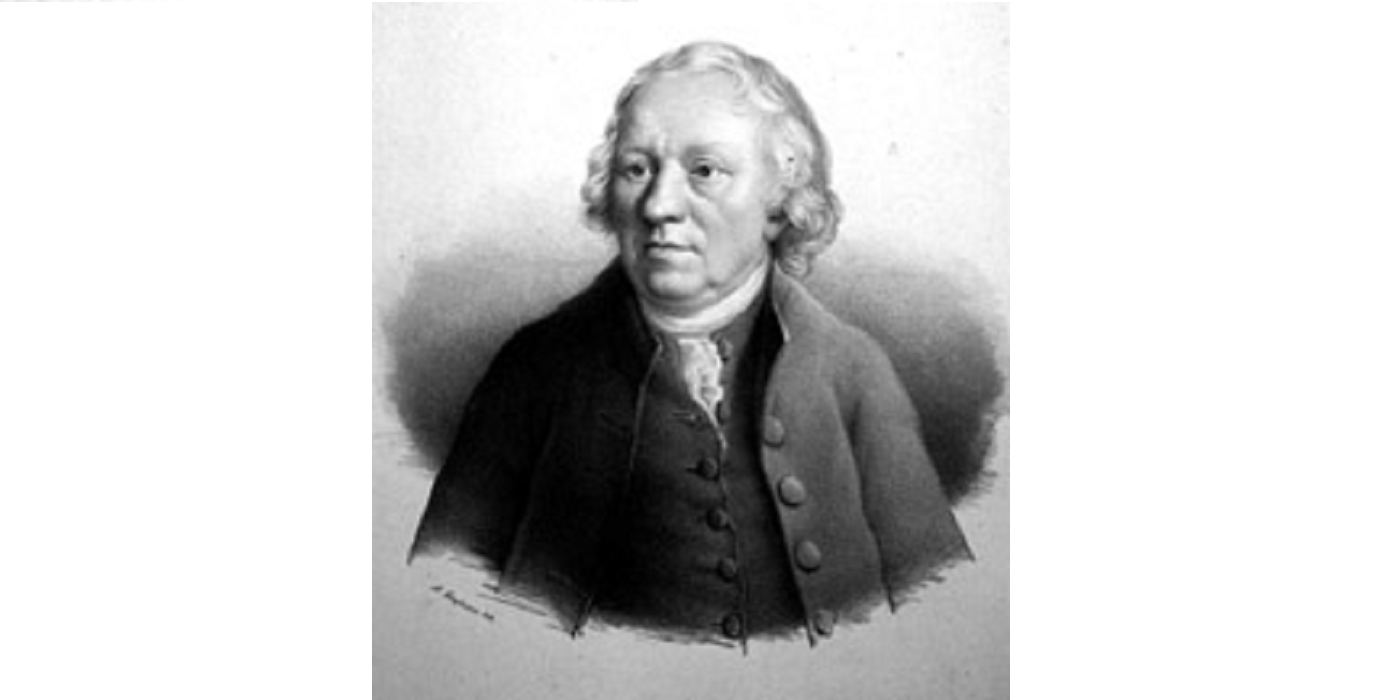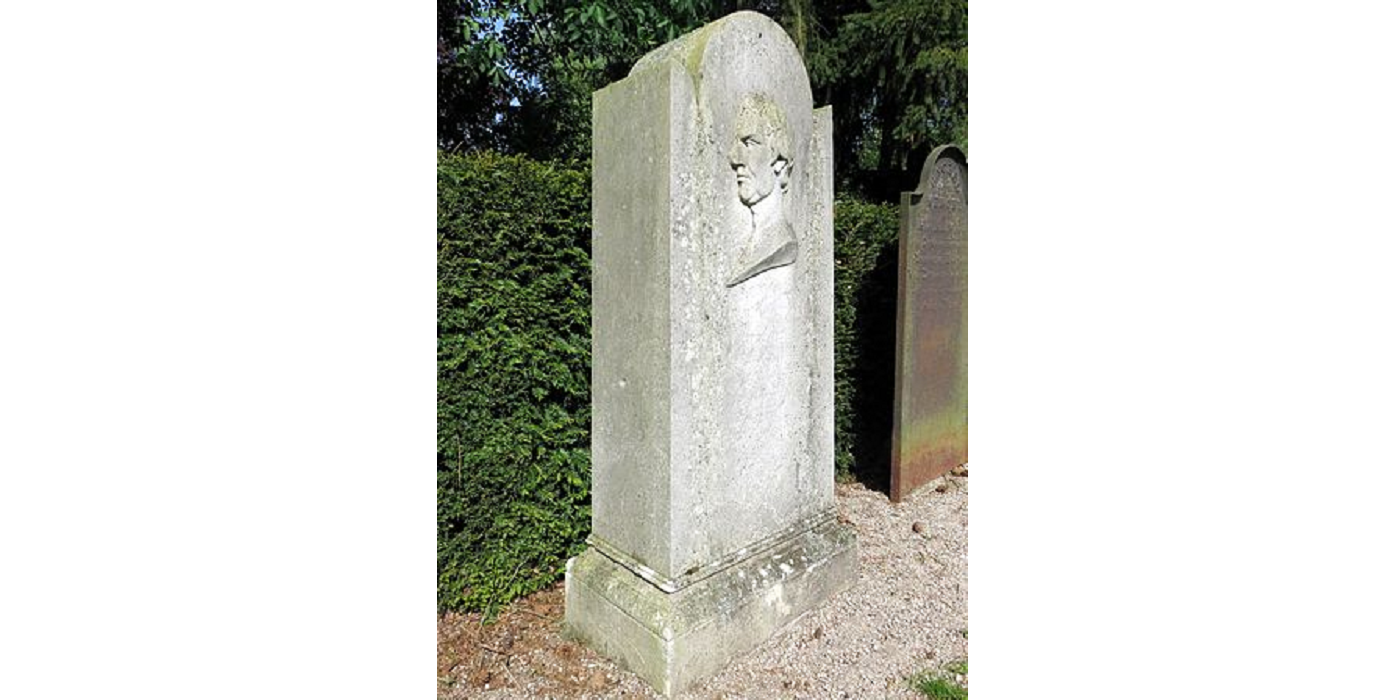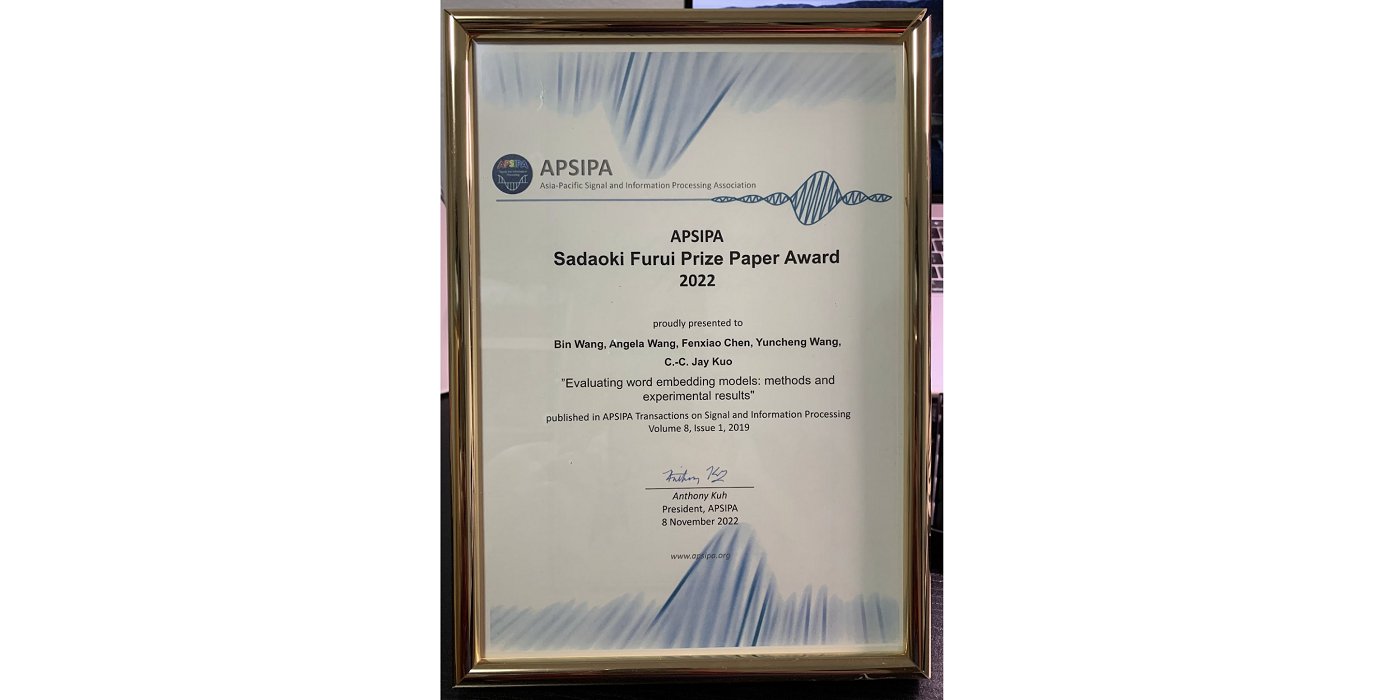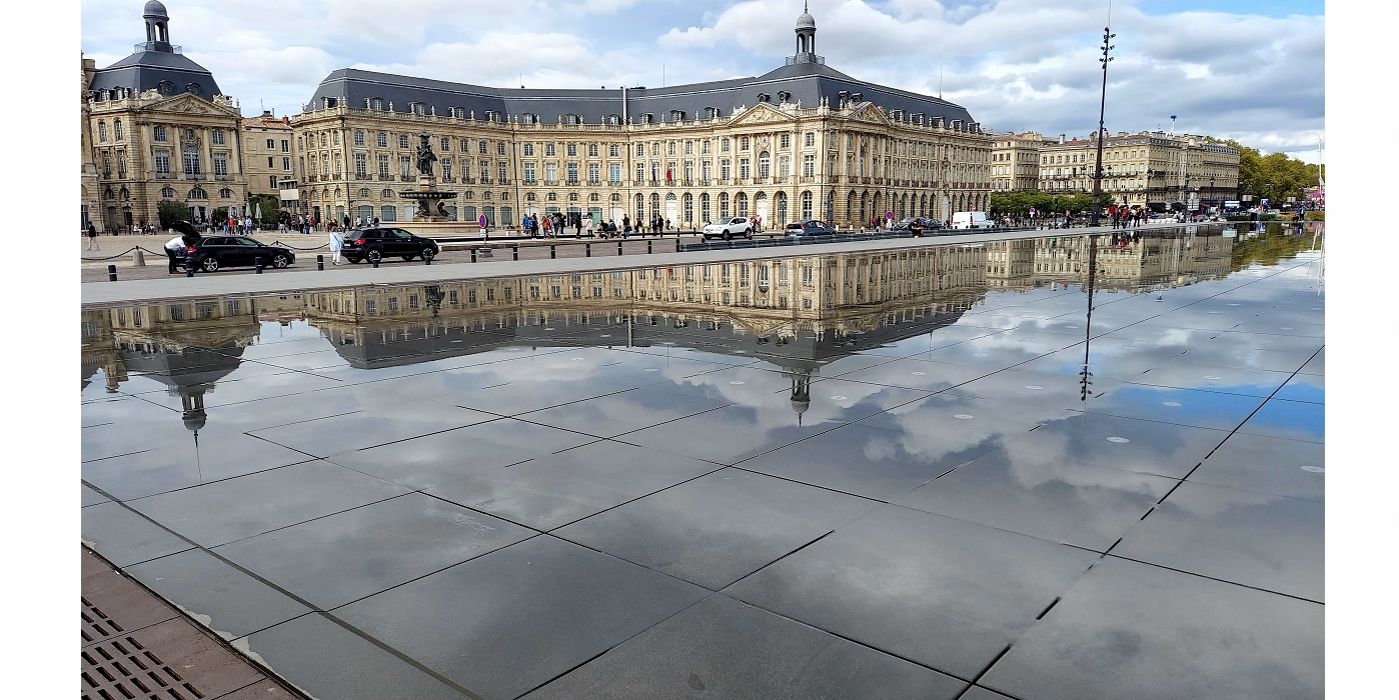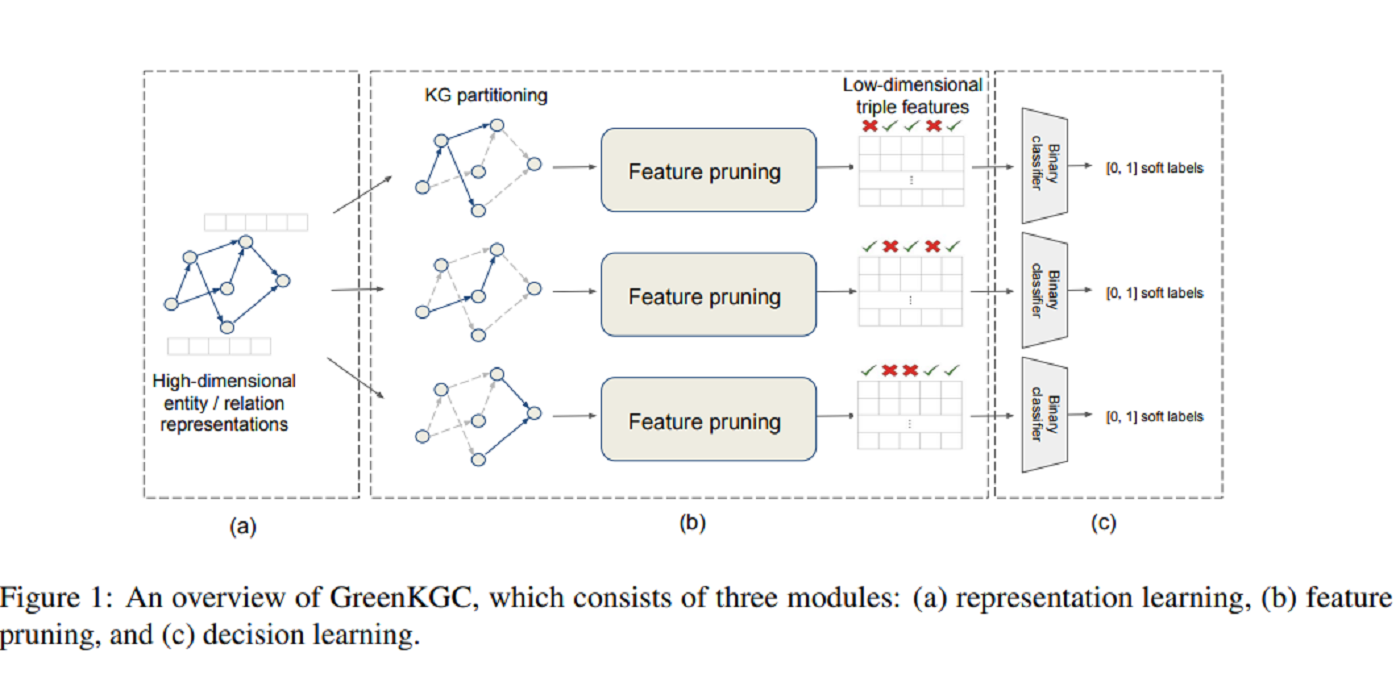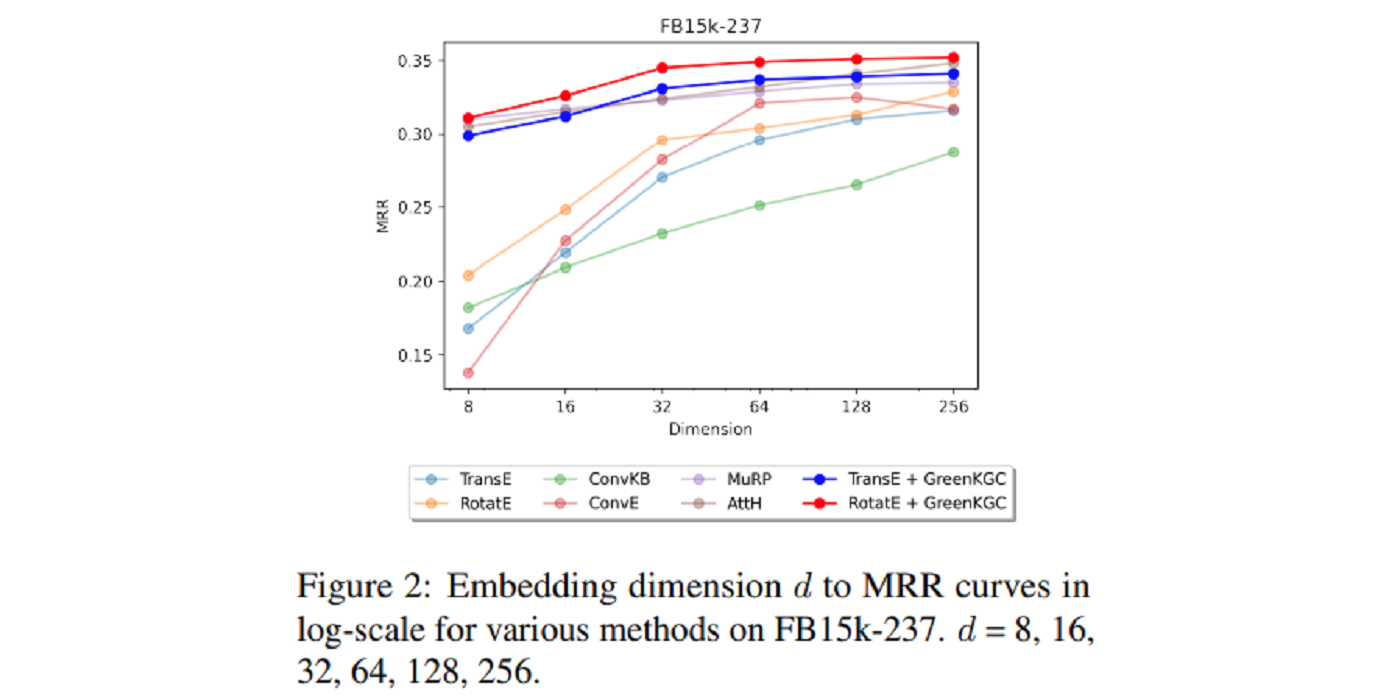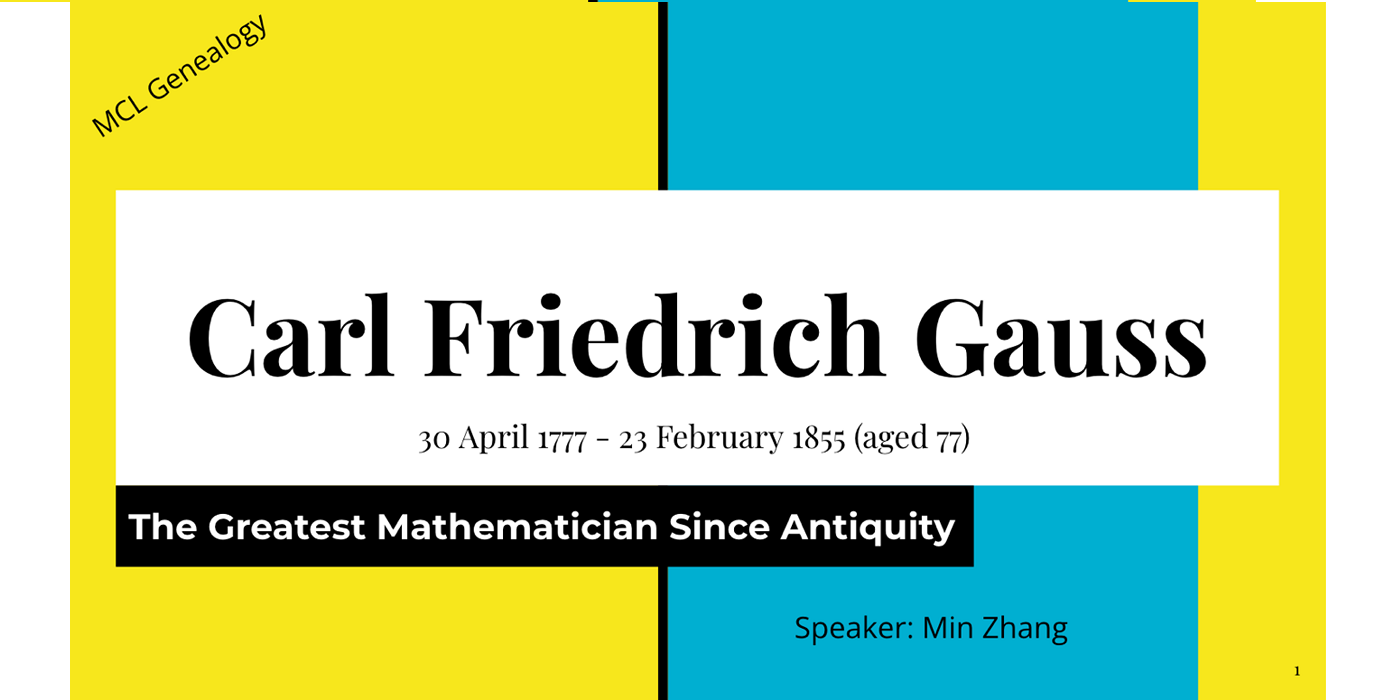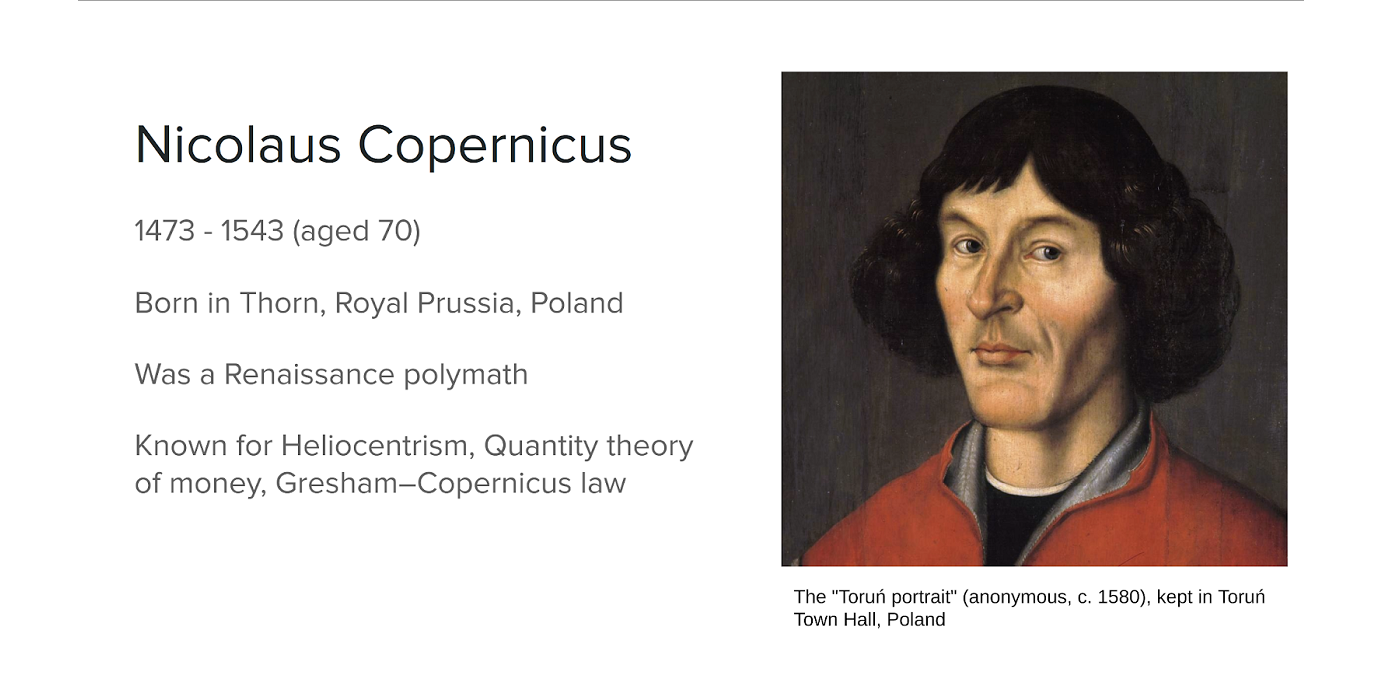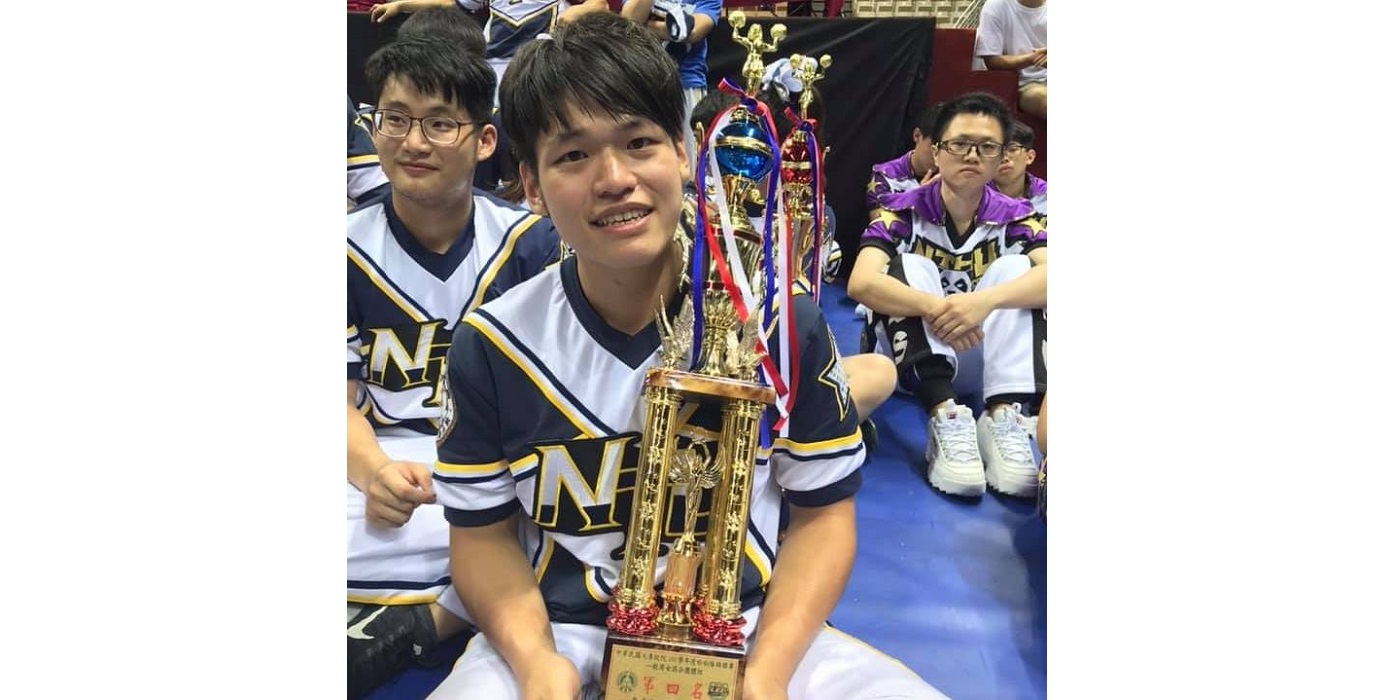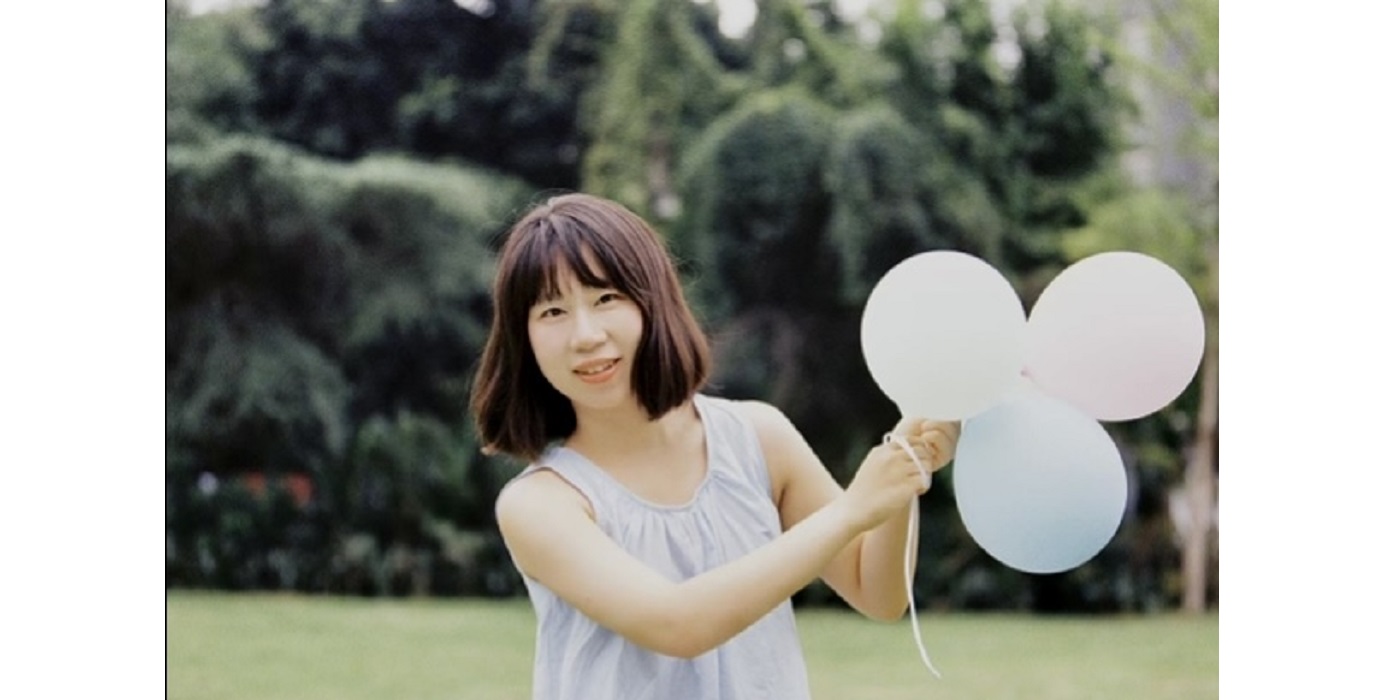Congratulations to Bin Wang, Angela Wang, Jessica Chen, Yun-Cheng Wang, and Professor Jay Kuo, for receiving the 2022 Sadaoki Furui Prize Paper Award at Asia Pacific Signal and Information Processing Association Annual Summit and Conference (APSIPA ASC 2022) in Chiang Mai, Thailand for the work:
“Bin Wang, Angela Wang, Fenxiao Chen, Yuncheng Wang, and C-C. Jay Kuo. “Evaluating Word Embedding Models: Methods and Experimental Results.” APSIPA Transactions on Signal and Information Processing 8 (2019).”
The APSIPA Sadaoki Furui Prize Paper Award is awarded at APSIPA ASC each year based on a selection from the papers published in the preceding five years on APSIPA Transactions on Signal and Information Processing. It is a great honor to receive this award and support from the APSIPA society.
The paper focuses on word embedding methods and their evaluation. Word embedding, also known as word representation, is a powerful tool that is widely used in modern natural language processing (NLP) and cross-subject areas like knowledge representation and multi-modality learning. The goal of word embedding is to learn vector representations for words commonly served as the first step to most NLP applications.
There are several major contributions to the work. First, an in-depth discussion on what properties serve good word embedding and word embedding evaluators is presented. Then, the paper contains not only comprehensive surveys on word embedding and evaluation methods but also extensive experimental evaluations of these models. The evaluation methods are categorized as intrinsic and extrinsic ones. A comprehensive correlation study between them is analyzed for the first time. The paper inspires a series of research works and the citation number has reached around 200 times in three years.
Our lab continuously contributes to the field of natural language processing (NLP) including representation learning, [...]



